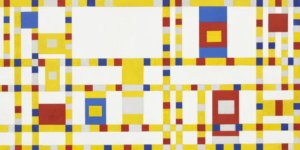The recent controversy surrounding the “completion” of Keith Haring’s unfinished painting using AI has ignited a global discussion on the ethical boundaries of using technology in the art-making process.
Haring, celebrated for his graffiti-inspired works characterized by dancing figures and radiant lines, captured the essence of the 1980s New York City street culture – making him an iconic symbol of the era. Tragically, he died in 1990 due to AIDS-related complications at the age of 31. Before his untimely death, he left a piece incomplete – deliberately titling it Unfinished Painting as a poignant commentary on the AIDS crisis.
In a daring move, an anonymous user on X (formerly Twitter) employed a generative AI image tool, seeking to complete Haring’s unfinished masterpiece – sparking a swift and impassioned fallout and erupting a firestorm of ethical questions. Should AI play a role in shaping artistic outcomes?
The intent of the “completion” was to bridge the gap between Haring’s conception and the painting’s realization. However, because the piece was purposely left unfinished, the process demonstrates interference and an intrusion of Haring’s vision, raising the debate about the sanctity of an artist’s legacy and AI-generated completion. Haring was celebrated for his bold and vibrant visual language. With generative AI playing a role in the creative process, does the completion distort his original message?
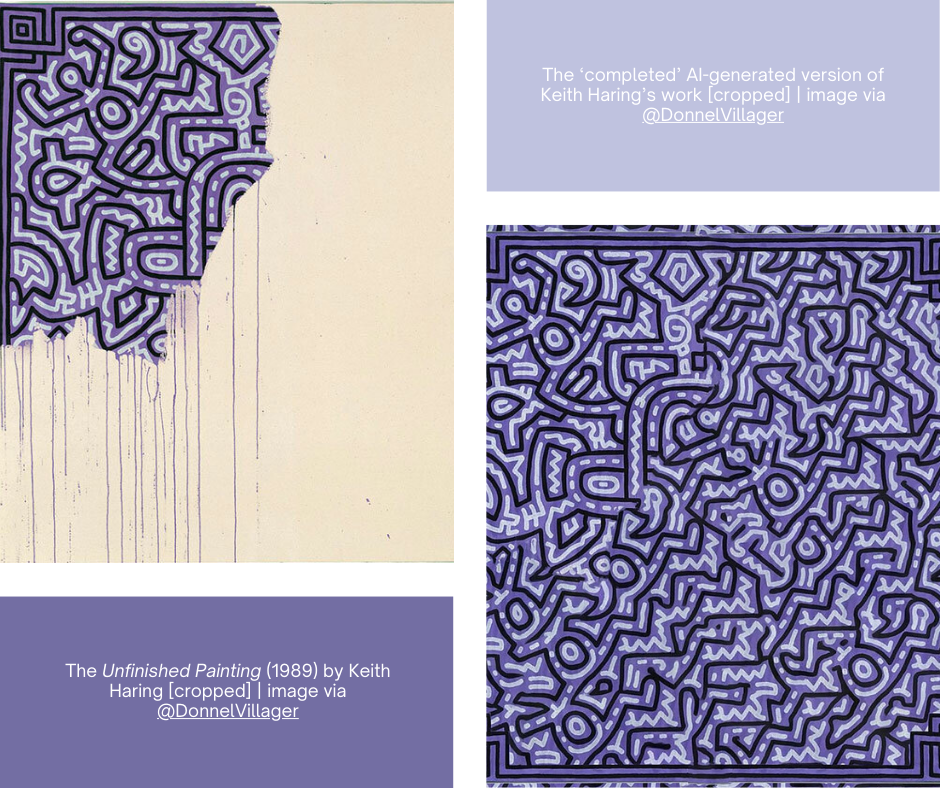
Expansion Beyond Traditional Mediums and Perception of Artistic Creation
Many in the art community argue that utilizing AI to finish Haring’s work that was intentionally left incomplete not only strips it of its intended meaning but also introduces a soulless element to the creation, potentially damaging its legacy for future generations. Critics are also denouncing the act as a disrespectful insult to both Haring and the LGBTQ+ community that bore the brunt of the AIDS epidemic. Some may have lauded the experiment, viewing it as a clever way to seamlessly blend tradition and innovation. But with many questioning the purpose of the outcome, we are left with the ongoing controversy of when and whether AI and technology should become a part of any creative process.
Historians hypothesize that cavemen smeared and dabbed pigments with their hands on cave walls, eventually building simple brushes and tools for their creations. Tools like brushes were extensions of the traditional artist’s hand for thousands of years. But with the advent of technology, the narrative is expanding. Artists are now wielding digital pens, tablets, and software – transforming the essential components of an artist’s toolkit.
The integration of technology has enabled artists to enter a new realm of possibilities that allows them to push the boundaries of creativity. Through these innovative tools, artists have powerful mediums that alter the way they conceptualize and execute their visions, providing them with the ability to transcend physical constraints and play with new forms and perspectives. With technology impacting artistic expression, artists have innovated how they engage with their audiences – pushing today’s creatives to explore and experiment.
AI has emerged as the game-changer and biggest disruptor in the art world, challenging conventional notions of creativity. Machine learning algorithms, with their ability to analyze vast datasets, generate unique patterns. But with AI also boasting the ability to replicate artistic styles, debates have sparked on the ethical use of AI. Can AI-driven art be a form of theft or copyright infringement? Does a creative process that employs AI lose its authenticity and soul?
Traditionalists are now fighting for the preservation of the artist’s hand and mind, securing the intrinsic value of physical creation. They fear that the integration of technology means the loss of craftsmanship, originality, and the human touch. The use of AI in art also has many artists grappling with questions of identity and authorship.
On the other hand, supporters of technological innovation and the expansion of the art world argue that new tools do not diminish the authenticity of artistic intent but rather amplify the artist’s vision and expression. With artists leveraging AI as a “co-creator,” the creative process becomes a collaboration and a symbiotic relationship that retains intention and character – especially when human intuition remains integral and the dominant force in the artist-AI partnership.
The Evolving Art Audience: Progress or Preservation?
The arguments surrounding the completion of Haring’s painting are emblematic of a broader struggle, putting the clash between the timeless resonance of art and the constantly revolving realm of technology in the limelight. As AI image generators increasingly rely on databases containing the works of revered artists like Salvador Dalí and Yayoi Kusama, much of the creative community is rallying against the encroachment on their intellectual property. With the leaked database of artists used to train the Midjourney AI generator, the pushback has intensified with artists decrying the theft of their work without consent.
The tension between human intention and AI innovation compels us to question whether technology should have a place in creative processes. And if it does, to what extent should it be allowed and acceptable before it strips artistic expression of its soul? At what point does AI blur the ethical lines between creator and creation?
In AI Art of Picasso’s Hidden Nude, we talked about the London-based tech company Oxia Palus that leveraged their technology to reveal the outline of Pablo Picasso’s unfinished The Blind Man’s Meal (1903). With a mission to “uncover masterpieces lost to the ages using AI,” the technology found concealed artwork beneath the painting. Indeed, the process was impressive as it used neural-style transfer algorithms and the accurate replication of Picasso’s unique brushstroke style. But was it necessary – considering that Picasso intentionally painted over the nude with a painting that he would later say “I am quite happy with it…”? People seem to be divided with some crying that it’s no different than prying into a personal diary or reading a deleted message that was never meant to be made public. On the other hand, there are those who appreciate the discovery of another Picasso masterpiece – one that we may have never known existed had it remained hidden.
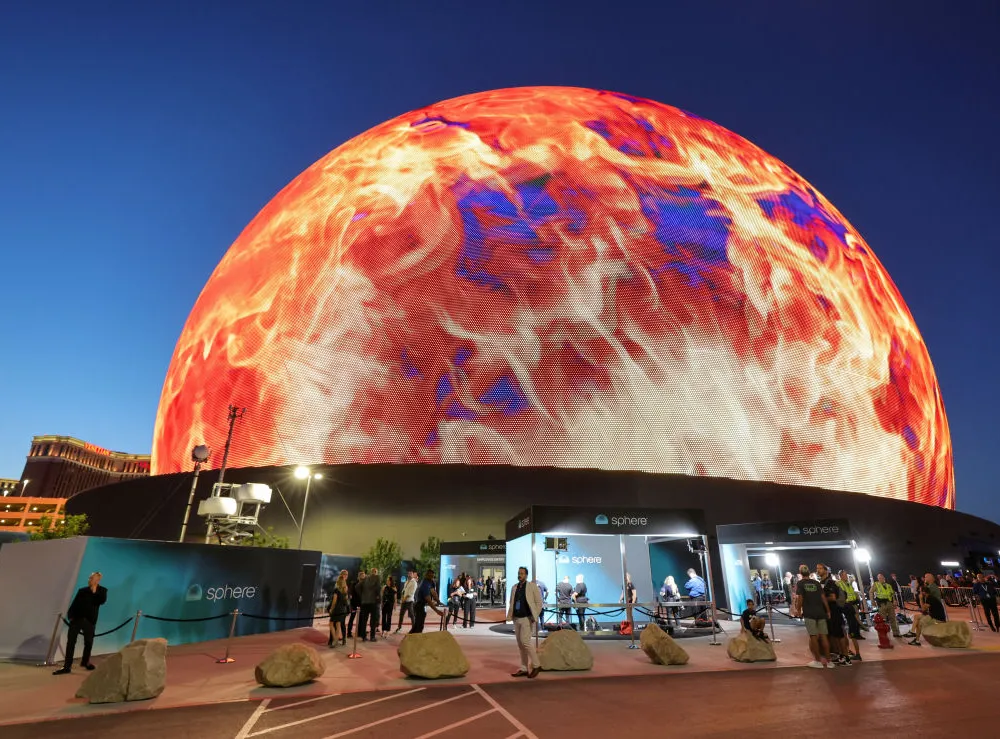
While some condemn the integration of AI in all creative processes, a growing audience appreciates the transformative power of AI in the realm of visual arts. Refik Anadol is a contemporary media artist who leverages technology to create immersive experiences. His AI-driven installation Unsupervised was recently displayed at the Museum of Modern Art (MoMA) in New York City, serving as an example of the transcendence of the boundaries of traditional artistic mediums. The concept removes explicit human guidance, exploring unsupervised machine learning as it allows algorithms to generate unique visualizations. Anadol’s installation takes viewers through a mesmerizing interplay of light, color, and form – inviting the audience to contemplate the collaborative potential of art and technology.
Building on the success of Unsupervised, Anadol took Machine Hallucinations: Sphere to Las Vegas to further drive the exploration of AI-driven art. The immersive installation transformed a physical sphere into a dynamic canvas, creating a multi-sensory experience. Anadol’s work pushes the boundaries of artistic presentation, challenging traditional artistic spaces to reconsider the nature of exhibition and audience engagement.
The public reception to the aesthetic experience delivered by Anadol’s innovation installations demonstrates the growing acceptance of technology’s role in enhancing artistic expression, prompting a conversation and reevaluation of conventional creative processes. Is it time to challenge preconceived notions or authorship? With traditional gallery and museum spaces facing challenges, should we go beyond the confines of conventional framed canvases? Are we ready to accept the evolving collaborative nature between man and machine?

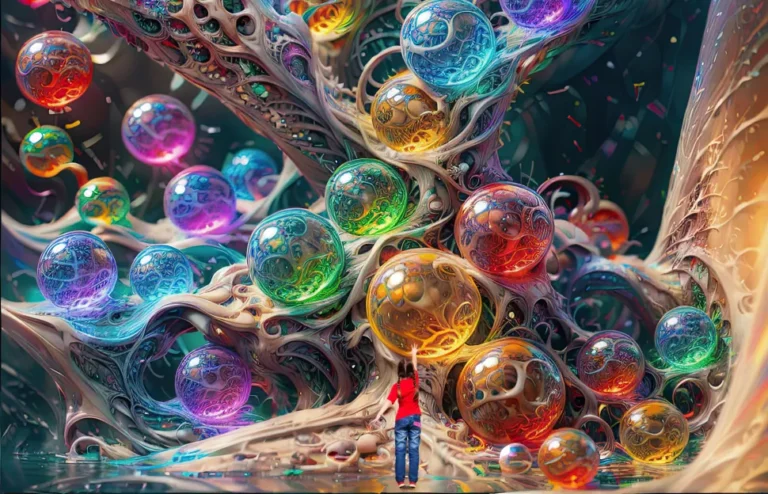
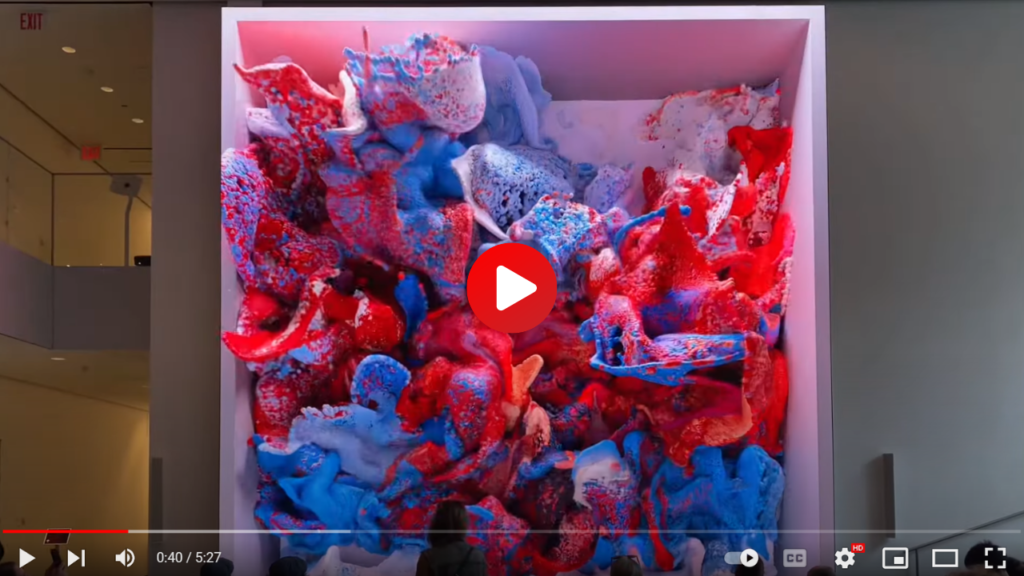

![[Left] Kusama with her piece Dots Obsession, 2012, via AWARE, [Right] Yayoi Kusama (Courtesy Whitney Museum of American Art) | Source: thecollector.com](https://www.artdex.com/wp-content/uploads/2024/04/Left-Kusama-with-her-piece-Dots-Obsession-2012-via-AWARE-Right-Yayoi-Kusama-Courtesy-Whitney-Museum-of-American-Art-Source-thecollector.com--300x172.png)



